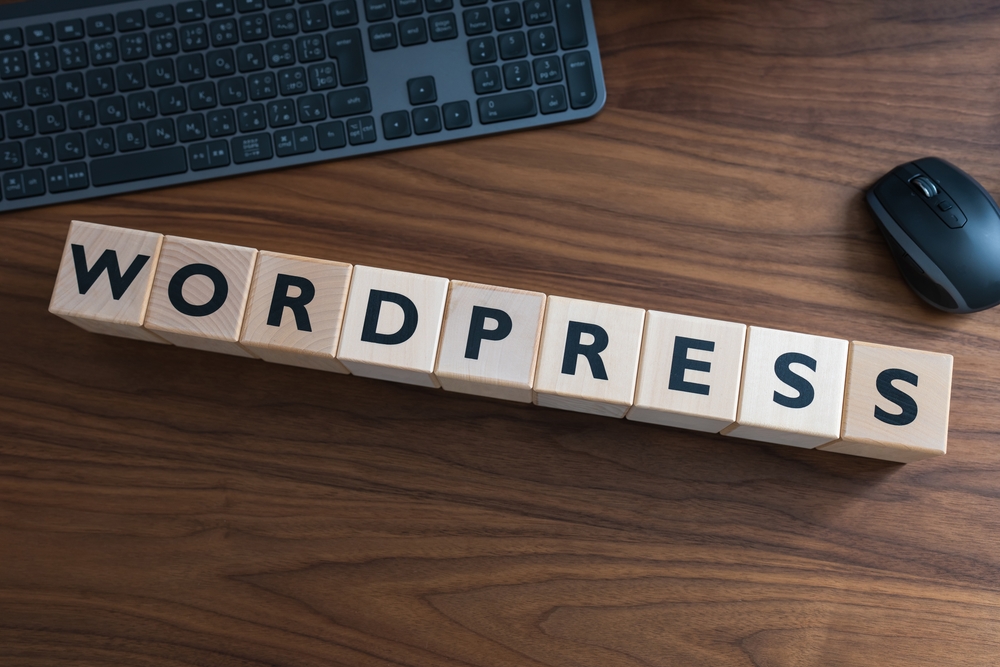
Bloggers are constantly seeking new ways to create engaging and successful content that attracts and retains readers. With the rise of social media and digital marketing, blog have become an essential tool for individuals and businesses to connect with their audience. However, creating a successful blog that stands out from the competition can be challenging. In this article, we will discuss some tips and strategies for unleashing the power of blogging and creating content that resonates with your target audience.
Understanding Your AudienceOne of weblog site the key elements in creating successful blog content is understanding your audience. Before you start writing, take the time to research and analyze who your target audience is. What are their interests, preferences, and concerns? What kind of content are they looking for? By understanding your audience, you can tailor your blog content to their needs and interests, making it more engaging and relevant.
Choosing the Right TopicsAnother important aspect of creating engaging blog content is choosing the right topics to write about. Your blog topics should be relevant to your audience and should address their interests and concerns. You can use tools like Google Trends, social media analytics, and keyword research to identify popular topics in your niche. By choosing the right topics, you can attract more readers and keep blog site them coming back for more.
Creating Compelling HeadlinesThe headline is the first thing that readers see when they come across your blog post. A compelling headline can attract readers' attention and entice them to click and read the full article. To create engaging headlines, use strong verbs, numbers, and power words that evoke curiosity and emotion. Additionally, make sure your headline accurately reflects the content of your blog post to avoid misleading your readers.
Writing High-Quality ContentOnce you have chosen the right topics and created compelling headlines, it's time to focus on writing high-quality content. Your blog posts should be well-researched, informative, and engaging. Make sure to use clear and concise language, break up your content with subheadings, bullet points, and images to improve readability, and proofread your posts for grammar and spelling errors. High-quality content not only attracts readers but also helps to establish your authority in your niche.
Engaging with Your AudienceEngagement is key to building a loyal readership and growing your blog. Encourage your readers to leave comments, ask questions, and share their thoughts on your blog posts. Respond to their comments and engage in conversations to build a sense of community around your blog. Additionally, promote your blog posts on social media platforms and participate in online forums and communities to reach a wider audience and drive traffic to your blog.
Optimizing for SEOSearch engine optimization (SEO) is essential for driving organic traffic to your blog. By optimizing your blog posts for relevant keywords, you can improve your search engine rankings and attract more readers. Make sure to include relevant keywords in your title, headings, meta descriptions, and throughout your content. Additionally, optimize your images with alt tags and use internal and external links to improve your blog's SEO performance.
Measuring SuccessOnce you have implemented these strategies and created engaging blog content, it's important to measure your success. Monitor your blog traffic, reader engagement, social shares, and email subscriptions to see what is working and what can be improved. Use tools like Google Analytics to track your blog performance and make data-driven decisions to optimize your content strategy. By measuring your success, you can identify areas for improvement and continue to grow your blog.
Frequently Asked QuestionsHere are some frequently asked questions about creating engaging and successful blog content:
1. How often should I publish new blog posts?There is no one-size-fits-all answer to this question. The frequency of your blog posts will depend on your audience, your niche, and your content strategy. Some bloggers publish new posts daily, while others post weekly or monthly. The key is to be consistent and provide your readers with valuable and engaging content on a regular basis.
2. What is the ideal length for a blog post?Again, there is no definitive answer to this question. The ideal length for a blog post will depend on your topic, weblog your audience, and your writing style. Some bloggers prefer to write long-form content with in-depth analysis and research, while others prefer shorter and more concise posts. The key is to focus on quality over quantity and provide your readers with valuable information regardless of the length of your post.
3. How can I monetize my blog?There are several ways to monetize your blog, including affiliate marketing, sponsored content, display advertising, and selling digital or physical products. To monetize your blog successfully, focus on building a loyal readership, creating high-quality content, and partnering with brands and advertisers that align with your audience and niche. Additionally, diversify your revenue streams and explore different monetization strategies to maximize your earnings.
4. How can I promote my blog and increase traffic?Promoting your blog and increasing traffic requires a multi-faceted approach. In addition to optimizing your blog for SEO, engage with your audience on social media, collaborate with other bloggers and influencers, participate in online communities and forums, and leverage email marketing to promote your blog posts. Additionally, consider investing in paid advertising and sponsored content to reach a wider audience and drive traffic to your blog.
5. How can I stay inspired and motivated to blog regularly?Staying inspired and motivated to blog regularly can be challenging, especially when faced with writer's block or lack of ideas. To stay inspired, take breaks, explore new interests and hobbies, attend industry events and conferences, collaborate with other bloggers, and seek feedback from your audience. Additionally, create an editorial calendar, set goals for your blog, and celebrate your milestones to stay motivated and focused on growing your blog.
Other useful resources
Set the number of columns in the parameters of this section. Make your own website in a few clicks!